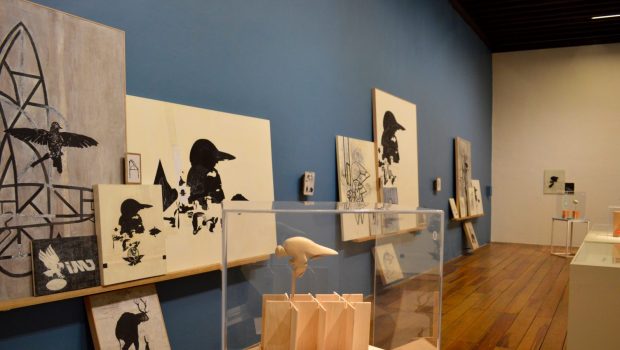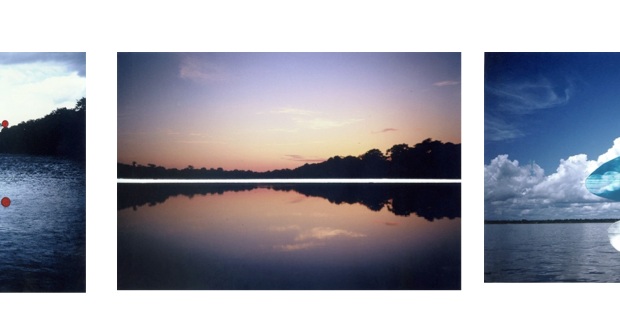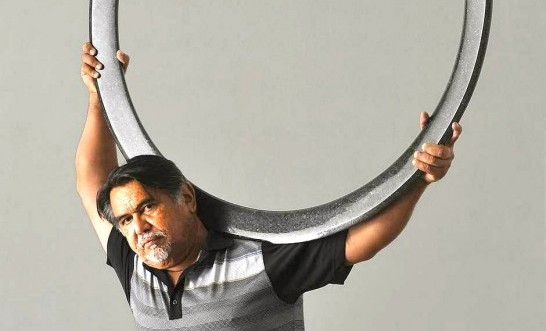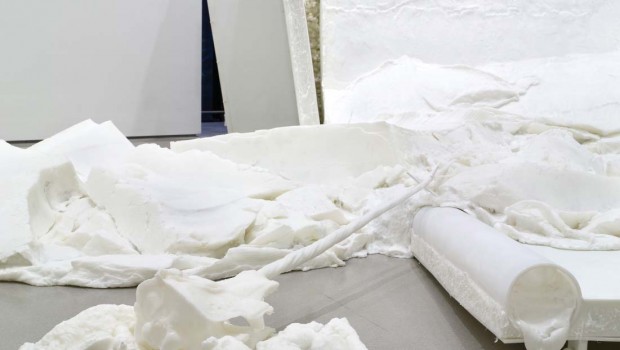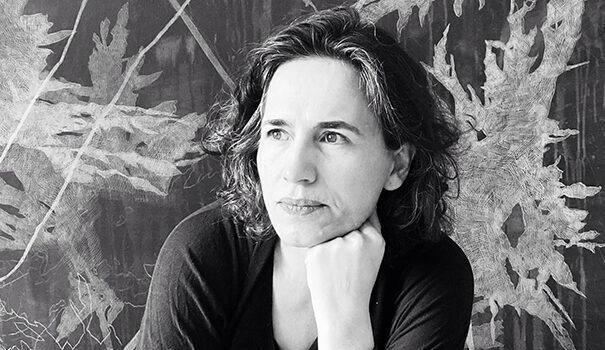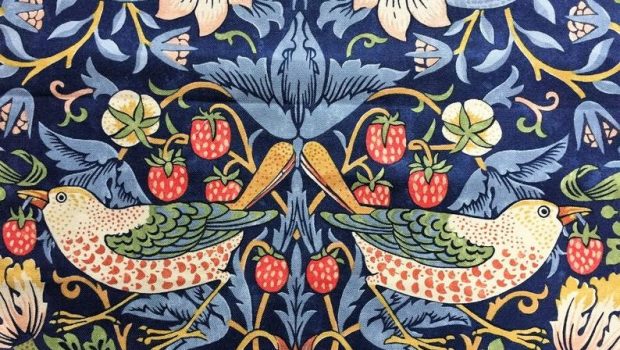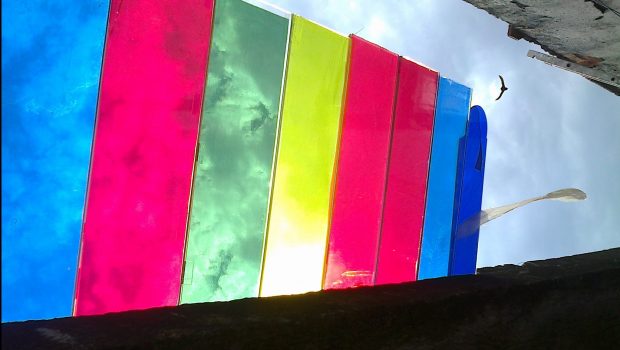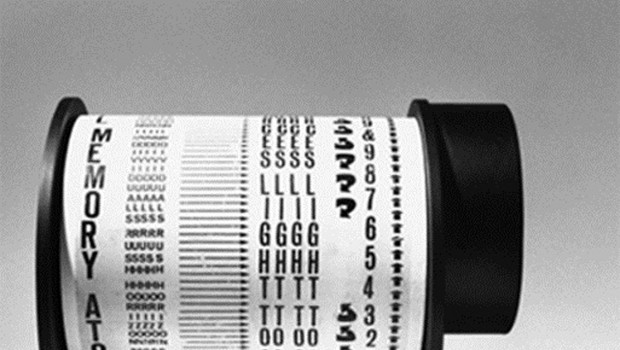Living Stillness: Pablo Gimenez Zapiola
José Antonio Simón
“These Animations Are Built in a Way That Makes Them Seem Endless”
Activate Recall: Pablo Giménez Zapiola
Download Complete PDF / Descargar
Pablo Giménez Zapiola is a recipient of City-funded Houston Arts Alliance individual Artist Grant Award.
When thinking of Pablo Giménez Zapiola, one might ponder how an architect changes his path to become an artist. In my opinion, however, the more relevant question is why don’t we see more architects become artists? They already play a great role in art by creating the spaces in which art is contained. Any curator will tell you that a poor space will either ruin or enhance the communication of a work’s message. As to the relationship between the two careers, Giménez Zapiola tells us that “an architect is essentially a sculptor, as he creates large scale buildings in which we can live [and] work”. It is from this point that he gives birth to a new and creative urban photographic vision, pulling elements from other visual arts such as graphic design and drawing. The influence of literature as well as popular phrases play an important part of the work.
Giménez Zapiloa’s oeuvre seems to echo his past career in that, instead of designing a space for art to be hung, he projects words from poems onto the space surrounding us, making it both canvas and museum. The city itself determines his aesthetic style. What is seen as mundane and therefore ignored is elevated in status when in becomes a vehicle for beauty and communication.
Houston’s west side was the first to host his initial creations in which he photographed said projections of phrases onto moving trains, hoping to start a dialogue between the photograph, the word and the viewer. He describes these projections as a type of “harmless graffiti” but they are meant to have a stronger impact on the viewer. According to Giménez Zapiola, “Modern life, with consumerism, mass media and the internet, create a ‘containment net’,” from which we must be saved. The photographs are meant to be an excuse for us to detach ourselves from this “net” and begin a process of introspection. “When I project [the words] onto these moving surfaces and see them move, mutate, disappear, fragment, multiply and duplicate, I truly see them live like I live, and they make me live; they add life to me.” These images play host not only to words, but a number of interpretations that support the poems and amplify their message. The heavy steel of a train suddenly gains an ethereal, transparent quality as it passes in front of a camera at great speed, leaving the words as the only element with enough strength to remain. Giménez Zapiola refers to this phenomenon as a “living stillness” in the words, causing them to become permanent and even immune to the passage of time.
In addition to this philosophical point of view, Giménez Zapiola tells us that “projecting poems by authors of many parts of the world is a very rich experience as they provide a different view of it.” Indeed, the images seem to exist in an alternate universe superimposed on our own mundane reality. It is as if marketing companies that were hired by international culture decided to place an ad on the side of a train for the sake of our minds.
On other occasions, for example the piece Need Glory, the light emanating from the cars play the role of musical pentagrams, the electrical tower tells us we’re in treble clef and the words take their place as if they were notes to perform a caucophonous symphony of new ideas and urban landscapes.
In the picture Activate Recall, the words seem to fill the space between the clouds and heaven, and the integrity of the word Recall is threatened as if it were sand being washed back into the earth. We are also asked in Spanish and in Russian ¿Quiénes somos cuando estamos solos? (Who are we when alone?). Giménez Zapiola makes use of any and all languages to get us thinking about life outside the “net” and about what we should find in ourselves if we begin to explore that which surrounds us.
In addition to his series Meaning in Motion, the artist is currently working on a different series called Around the Infinite. This project consists of animations of photo sequences that provides the viewer and artist with another field of experimentation, time, and the illusion of the infinite. “These animations are built in a way that makes them seem endless.” In the last nine years Giménez Zapiola has shot almost 100,000 photos (as of today 98944) providing him with different fields for experimentation. However, he will not stop. How can he if art is the source of life itself?
Posted: May 11, 2012 at 2:24 am



